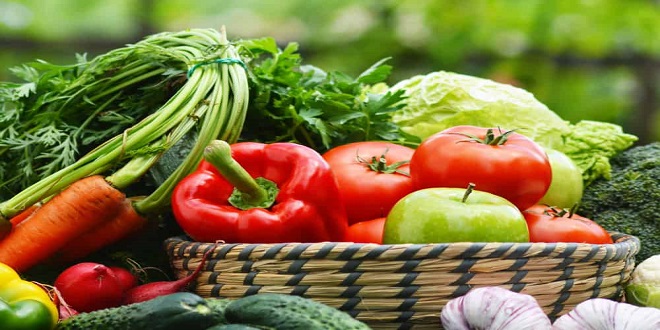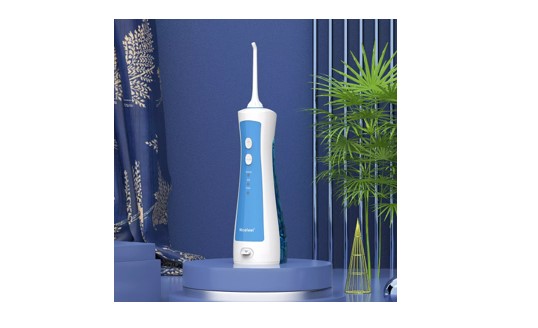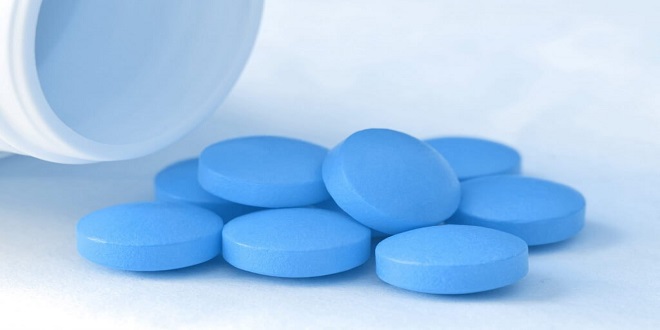
INTRODUCTION
Dryer selection has long been practiced as an art rather than science depending more on prior experience and vendors’ recommendations. As drying technologies have evolved and become more diverse and complex, this has become an increasingly difficult and demanding task for the non-expert not conversant with the numerous types of equipment, their pros and cons, etc. Further, the task is exasperated by the need to meet stricter quality specifications, higher production rates, higher energy costs and stringent environmental regulations.
In the absence of in-house experts in drying, there have been some attempts, albeit not fully successful, to develop expert systems for a nonexpert to use. It is therefore necessary for an engineer responsible for selection of a dryer or, more appropriately, a drying system to be aware of what is available in the market, what the key criteria are in the selection process and thus arrive at alternative possibilities before going to vendors of such equipment for comparative quotes. It is time and effort well spent since the cost of incorrect selection can be very high.
The selection of dryers for foods is more critical as the selected dryer should be good in both ways; the quality as well as the cost involved. Many of the food products are low valued products and use of expensive techniques such as freeze drying is not recommended although the product quality can be superior.
CLASSIFICATION OF DRYERS
The above classification is rather coarse. Just the fluidized bed dryer can be subclassified into over thirty types depending on additional criteria and will be discussed in more detail later in this chapter.
Each type of dryer has specific characteristics, which make it suited or unsuitable for specific applications. Details can be found in Mujumdar (1995). Certain types are inherently expensive (e.g., freeze dryers) while others are inherently more efficient (e.g., indirect or conductive dryers). Thus, it is necessary to be aware of the wide variety of dryers available in the market as well as their special advantages and limitations. It should be noted that the aforementioned classification does not include most of the novel drying technologies, which are applicable for very specific applications.
Classification of dryers on the basis of the mode of thermal energy input is perhaps the most useful since it allows one to identify some key features of each class of dryers.
Direct dryers
These are also known as convective dryers–are by far the most common. About 85 percent of industrial dryers are estimated to be of this type despite their relatively low thermal efficiency caused by the difficulty in recovering the latent heat of vaporization contained in the dryer exhaust in a cost-effective manner. Hot air produced by indirect heating or direct firing is the most common drying medium although for some special applications superheated steam has recently been shown to yield higher efficiency and often higher product quality. In direct dryers, the drying medium contacts the material to be dried directly and supplies the heat required for drying by convection; the evaporated moisture is carried away by the same drying medium.
Drying gas temperatures may range from 50ºC to 400ºC depending on the material (of course this is general information and the temperature does not go so high for food products). Dehumidified air may be needed when drying highly heat-sensitive materials. An inert gas such as Nitrogen may be needed when drying explosive or flammable solids or when an organic solvent is to be removed. Solvents must be recovered from the exhaust by condensation so that the inert (with some solvent vapor) can be reheated and returned to the dryer.
Indirect dryers
These type of dryers involve supplying of heat to the drying material without direct contact with the heat transfer medium, i.e., heat is transferred from the heat transfer medium (steam, hot gas, thermal fluids, etc.) to the wet solid by conduction. Since no gas flow is presented on the wet solid side it is necessary to either apply vacuum or use gentle gas flow to remove the evaporated moisture so that the dryer chamber is not saturated with vapor.
Heat transfer surfaces may range in temperature from -40º C (as in freeze drying) to about 300ºC (of course not for food products). In vacuum operation, there is no danger of fire or explosion. Vacuum operation also eases recovery of solvents (in case to be removed) by direct condensation thus alleviating serious environmental problem.
Dust recovery is obviously simpler so that such dryers are especially suited for drying of toxic, dusty products, which must not be entrained in gases. Furthermore, vacuum operation lowers the boiling point of the liquid being removed; this allows drying of heat-sensitive solids at relatively fast rates.
. SELECTION OF DRYERS
In view of the enormous choices of dryer types one could possibly deploy for most products, selection of the best type is a challenging task that should not be taken lightly nor should it be left entirely to dryer vendors who typically specialize in only a few types of dryers. The user must take a proactive role and employ vendors’ experience and bench-scale or pilot-scale facilities to obtain data, which can be assessed for a comparative evaluation of several options. A wrong dryer for a given application is still a poor dryer, regardless of how well it is designed. Note that minor changes in composition or physical properties of a given product can influence its drying characteristics, handling properties, etc., leading to a different product and in some cases severe blockages in the dryer itself. Tests should be carried out with the “real” feed material and not a “simulated” one where feasible.





